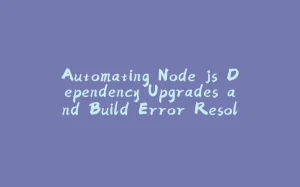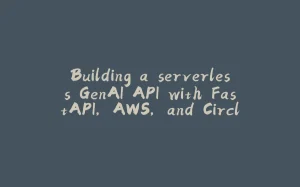Introduction
Python has become the go-to language for data analytics due to its simplicity, flexibility, and powerful ecosystem of libraries. In 2025, data analysts need to be well-versed with the best tools to handle large datasets, perform statistical analysis, and create meaningful visualizations. This article explores the top 7 Python libraries that every data analyst should master for efficient and insightful data analytics.
Pandas: The Backbone of Data Manipulation
Pandas is the most widely used library for data manipulation and analysis in Python. It provides powerful data structures, such as DataFrames and Series, which allow analysts to clean, transform, and explore data efficiently.
Key Features:
- Handles missing data seamlessly
- Powerful data filtering, grouping, and aggregation functions
- Supports various file formats (CSV, Excel, SQL, JSON)
- Integration with NumPy for high-performance data operations
NumPy – The Foundation of Numerical Computing
NumPy (Numerical Python) is a fundamental library that supports large, multi-dimensional arrays and mathematical functions for array-based operations.
Key Features:
- Fast numerical computations using vectorized operations
- Supports linear algebra, Fourier transforms, and random number generation
- Forms the base for many data science libraries, including Pandas and SciPy
Matplotlib – The Classic Visualization Library
Matplotlib is a versatile library for creating static, animated, and interactive visualizations in Python. It gives analysts full control over chart customization.
Key Features:
- Wide range of plot types (line, bar, scatter, histogram, etc.)
- Highly customizable plots with labels, titles, and legends
- Supports multiple file formats (PNG, PDF, SVG)
Seaborn – Statistical Data Visualization Made Easy
Seaborn is built on top of Matplotlib and is specialized in statistical data visualization. It makes it easy to generate visually appealing and informative plots.
Key Features:
- Elegant default styles for beautiful charts
- Built-in support for categorical, distribution, and regression plots
- Works seamlessly with Pandas DataFrames
- Heatmaps and pair plots for exploratory data analysis (EDA)
SciPy – Advanced Statistical and Mathematical Analysis
SciPy (Scientific Python) extends NumPy and provides powerful tools for scientific computing and advanced analytics. It is widely used for statistical modeling and optimization.
Key Features:
- Functions for linear algebra, optimization, signal processing, and interpolation
- Built-in statistical distributions for hypothesis testing
- Image processing and fast Fourier transforms
Scikit-learn – Machine Learning for Data Analysts
Scikit-learn is the most popular Python library for machine learning and predictive analytics. While it’s primarily used for ML, many data analysts use it for clustering, regression, and classification.
Key Features:
- Wide range of ML algorithms (decision trees, random forests, SVMs, etc.)
- Simple and intuitive API for data preprocessing and model training
- Tools for dimensionality reduction, feature selection, and hyperparameter tuning
Statsmodels – In-depth Statistical Analysis
Statsmodels is designed for performing statistical tests and estimating models. It is essential for analysts working with regression analysis and hypothesis testing.
Key Features:
- Linear and generalized linear models (OLS, logistic regression)
- Time series analysis (AR, ARMA, ARIMA models)
- Extensive hypothesis testing functions (t-tests, ANOVA, chi-square tests)
These seven Python libraries provide the essential tools every data analyst needs to process, visualize, and analyze data efficiently in 2025. Whether you’re working on business intelligence, research, or predictive analytics, mastering these libraries will help you make data-driven decisions with confidence.
I hope you enjoyed this article. We will explore each library in-depth in the next articles! Stay tuned.
原文链接:Top 7 Python Libraries Every Data Analyst Should Know in 2025



























暂无评论内容